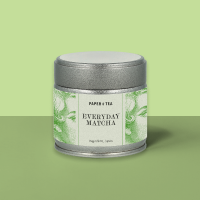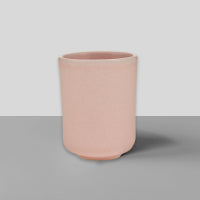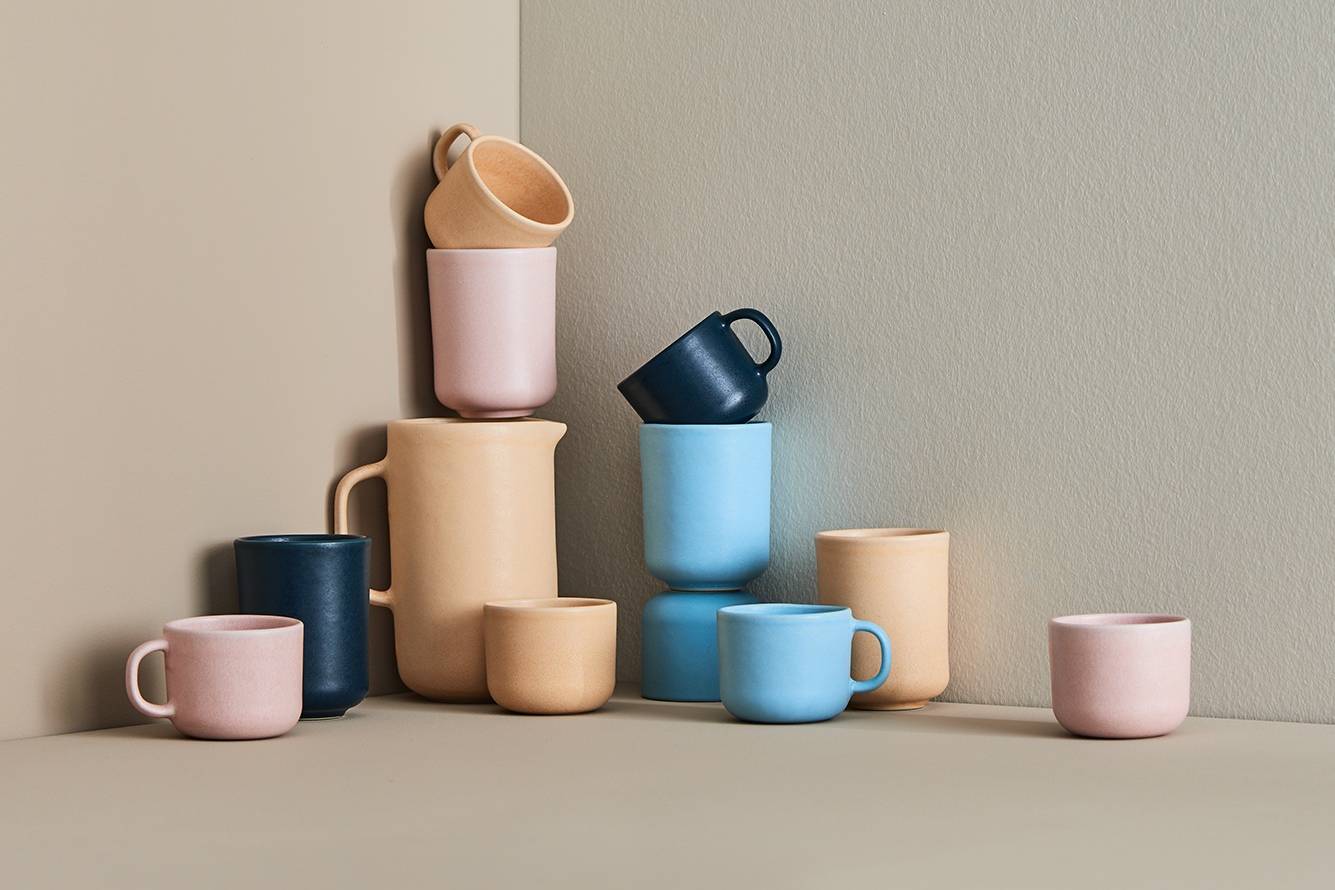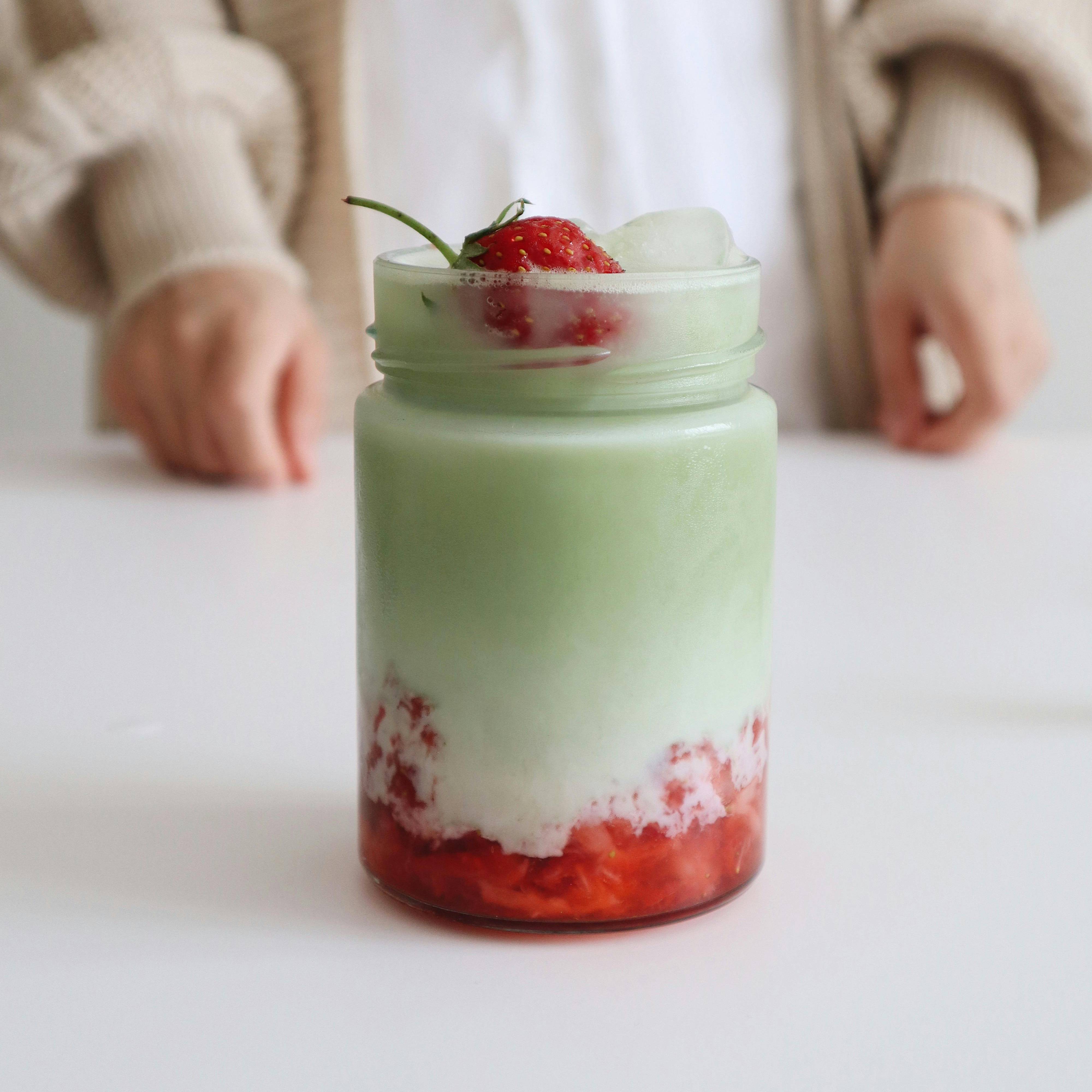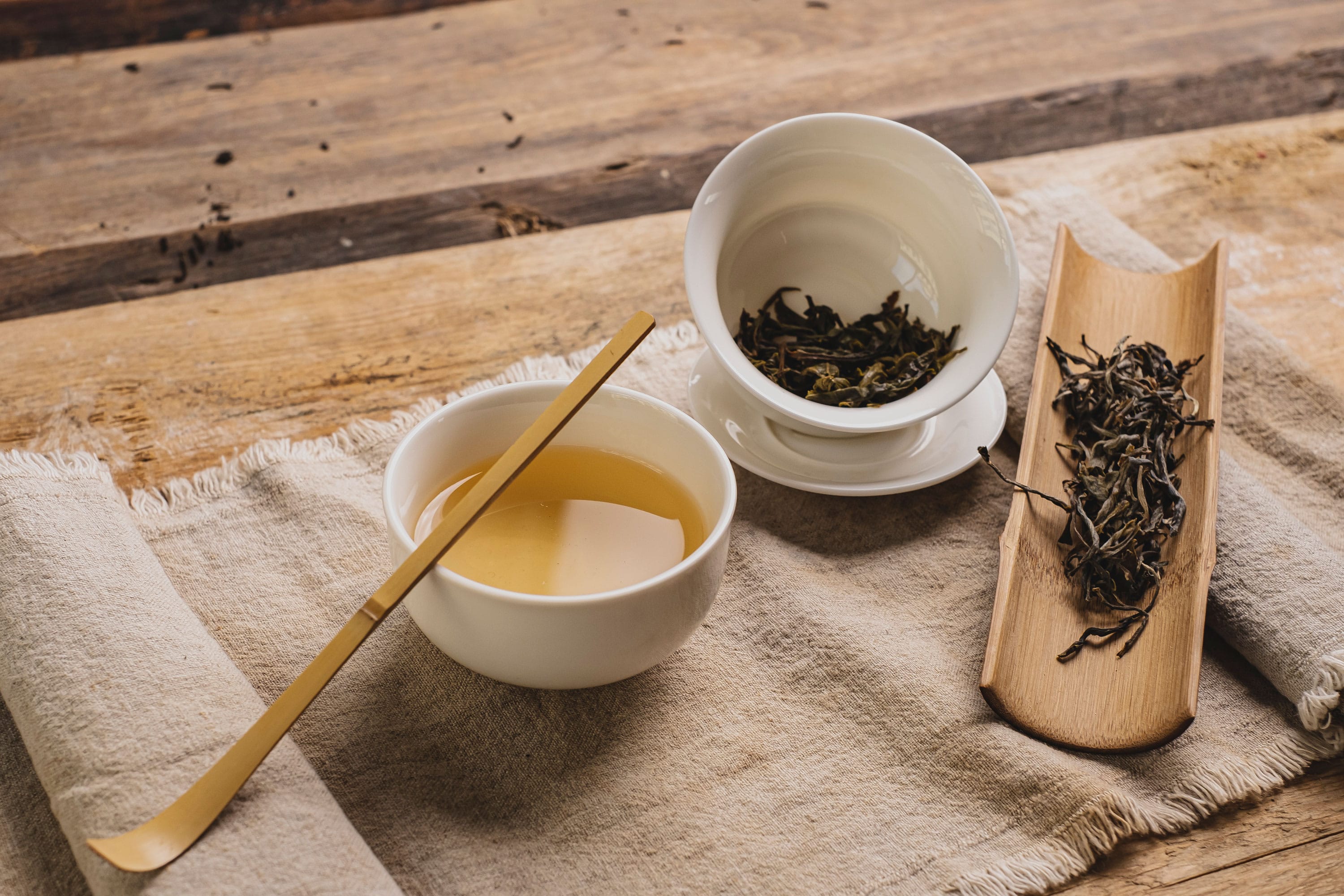CTC is a specialized method of black tea production, particularly popular in India, Sri Lanka, and on the African continent. The name stands for the three key steps of the process: Crush, Tear, and Curl. First, the tea leaves are broken down, then torn apart, and finally rolled into small pellets. The result is a tea with a deep color, bold flavor, and significantly shorter steeping time compared to whole-leaf tea. Because of its strong character, CTC tea is often used as a base for popular blends like English Breakfast or Masala Chai.
The CTC Processing Method in Detail
CTC tea is produced using an industrial process that ensures efficiency and consistency. By contrast, orthodox tea is made using more traditional methods, often involving hand-rolling to preserve the leaf’s integrity and create a more complex flavor profile. CTC tea, on the other hand, is designed for quick extraction, strong flavors, and uniform quality. The production process involves several key steps:
Withering
Freshly harvested tea leaves go through a withering process, reducing their moisture content to below 70%. This makes them more pliable and ready for further processing.
Crushing
The withered leaves are passed through rollers that break them down and rupture the cell walls. This enhances oxidation and intensifies the tea’s flavor – an essential step for achieving CTC’s signature bold taste.
Tearing
The crushed leaves are then further torn to release more aroma compounds and ensure even fermentation. This stage activates the enzymes necessary for oxidation.
Curling
The torn leaves are shaped into small pellets, creating a uniform size that makes them ideal for packaging in tea bags.
Oxidation & Drying
After curling, the tea undergoes full oxidation, which gives it its deep color and rich flavors. Just like whole-leaf black tea, CTC tea is fully oxidized. Finally, the leaves are dried to preserve their quality and shelf life.
Sifting & Grading
In the final stage, the CTC tea is sifted and sorted by particle size. The most common grades include:
- Broken Pekoe – Medium-sized particles, often used in blends.
- Broken Orange Pekoe – Finer than Broken Pekoe, offering a smoother taste.
- Pekoe Fannings – Small tea particles, frequently used in tea bags.
- Pekoe Dust – Extremely fine particles, producing a particularly strong brew.
The History of CTC Tea
The CTC method is believed to have been invented in 1931 by Sir William McKercher at the Amgoorie Tea Estate in Assam, India. The goal was to create a tea that was easy to transport, quick to brew, and full of flavor. By the 1950s, the method had spread across India and Africa, becoming the dominant form of black tea production.
Today, India remains the leading producer of CTC tea, with more than 80% of its tea output falling under this category. The most famous growing regions include Assam, West Bengal, and Nilgiri. Sri Lanka also produces CTC tea, often with a milder, more aromatic profile. In Africa, Kenya, Rwanda, and Malawi are among the top producers.
Why is CTC Tea So Popular?
CTC tea enjoys high demand, particularly in England, where black tea with milk remains the most popular hot beverage. Many English Breakfast and Irish Breakfast blends use Assam CTC as a base because it pairs so well with milk. But England isn’t the only country where CTC tea is widely consumed – Nepal has its own tradition of enjoying strong, spiced CTC tea with milk, known as Chiya.
- Quick Brewing – Ideal for tea bags, as it infuses rapidly while delivering bold flavor.
- Strong Taste – Perfect for tea drinkers who enjoy black tea with milk and sugar.
- Consistent Quality – The industrial processing method ensures uniformity, making CTC tea a reliable choice for large brands and blends.
